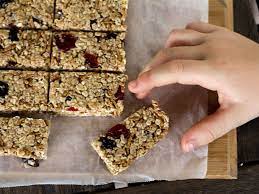The Bee Awesome Programme
How Does It Work? > Programme Outline > Learning Objectives > Education for Sustainability > Free Resources >
How do we fund it?
Ka pehea te kohi?
Our hives are FREE! We have various funders to support our concept. One of the Bee Awesome end goals is financial sustainability so selling hive-made products will help fund the hive.

Honey
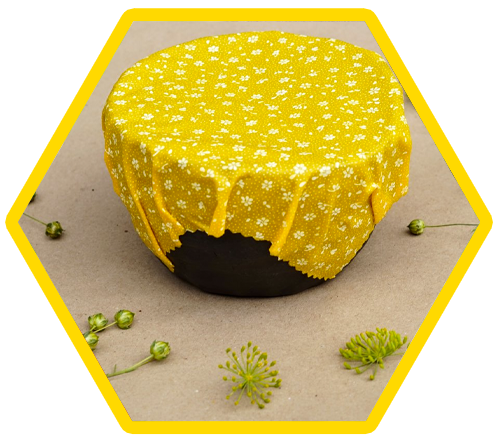
Beeswax Wraps

Candles
How does it work?
Ka pēhea te mahi?
Flexible program. Start anytime. As comprehensive as needed.
Choose Your Programme Plan:
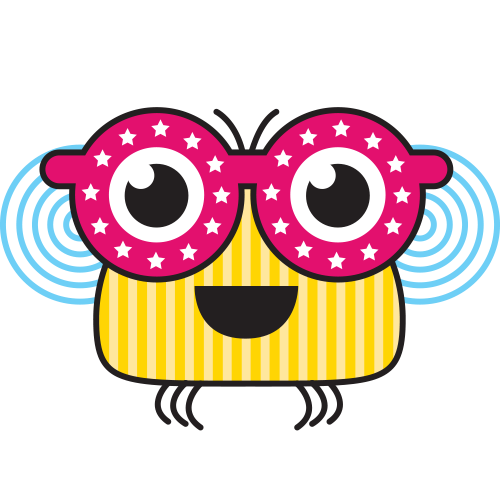
Queen Plan
• Beehive onsite
• Group coordinator teaches
the classes
Bonus:
Students can sell honey and wax related products!
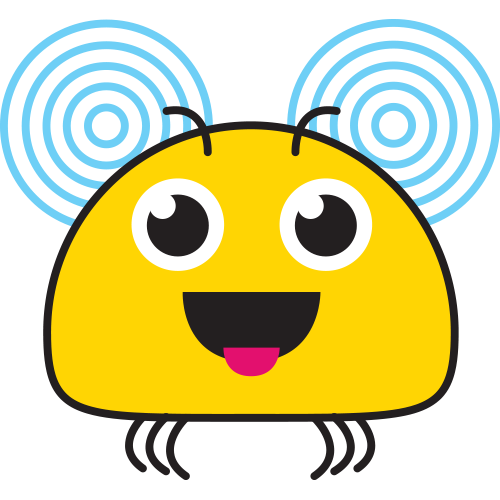
Worker Bee Plan
• Beehive offsite
• Lesson plans available to use as you wish

Drone Plan
• Beehive offsite
• Interested students create a Bee Group and our coordinator
teaches them.
Programme Outline
Te anga o te hōtaka
August / Hereturikōkā
What are the bees doing? |
What are we doing? |
Optional |
|
• The queen is cozy, laying a few more eggs each day. |
Find best site for beehive. Lesson 1 – What kind of bee is that? • Three different kinds of bees |
Students can • Make beehive |
September / Mahuru
What are the bees doing? |
What are we doing? |
Optional |
| • Longer days • Queen laying more eggs • The bees eating the honey. |
The new colony will be brought to your school. Lesson 2 – How does the beehive work? • How the different bees work together |
Students can • Create a Bee Diary – Students observe the hive daily and record their findings. |
October / Whiringa-ā-nuku
What are the bees doing? |
What are we doing? |
Optional |
|
• Weather is improving |
Lesson 3 – Why should we care about bees? We look at the relationship between humans and bees. • Why do we need them? |
November / Whiringa-ā-rangi
What are the bees doing? |
What are we doing? |
Optional |
|
• The hive is buzzing! |
Lesson 4 – How do the bees help the ecosystem? We look at the bigger picture – a world without bees. |
December / Hakihea
What are the bees doing? |
What are we doing? |
Optional |
|
• Our bees are busy. |
A very busy month at school. No formal lesson. Beekeeper will visit and open the hive. (Maybe weekly at this time) |
Students can observe when the hive is opened. |
January / Kohitātea
What are the bees doing? |
What are we doing? |
Optional |
|
• The honey is flowing this month when the weather is good. |
School is closed this month. The beekeeper continues to visit. |
A live cam could be set up. |
February / Huitānguru
What are the bees doing? |
What are we doing? |
Optional |
|
• The colony is slowing down. |
Lesson 5 – Show me the honey, honey! The students help to extract the honey and we can bottle it up, ready to sell. |
Students can make other bee-related products to sell • beeswax candles, |
March / Poutūterangi
What are the bees doing? |
What are we doing? |
Optional |
|
• The drones are disappearing |
Our beekeeper will visit this month and prepare the hive for winter. |
Students help get the hive ready for winter e.g.repairing the hive. They can continue making and selling products. |
April / Paengawhāwhā to August / Hereturikōkā
What are the bees doing? |
What are we doing? |
Optional |
|
• The bees are hibernating for winter so very little activity. |
Our beekeeper will continue to visit every month and do any maintenance work that is needed. |
Students give us feedback. Make promo videos for other schools to see. |
Overall Learning Objectives
Ngā Whāinga Ako Whānui
Children will be able to:
Understand the importance of managing a hive
Identify key conditions of a hive
Identify ways to maintain and improve hive health
Know how a hive is managed over a season
Know how to keep safe around hives
NZ Curriculum Achievement Objectives
Levels 1 & 2
Science
Levels 1-2 – Living World
Students will: extend their experiences and personal explanations of the natural world through exploration, play, asking questions, and discussing simple models.
Levels 1-2 – Living World
Students will: recognise that all living things have certain requirements so they
can stay alive.
Levels 1-2 – Living World
Students will: recognise that living
things are suited to their particular habitat.
Levels 1-2 – Planet Earth & Beyond
Students will: describe how natural features are changed and resources affected by natural events and human actions.
Social Science
Levels 1-2 – Objective 1
Students will: Understand that people have social, cultural and economic roles, rights and responsibilities.
Levels 1-2 – Objective 2
Students will:Understand how places influence people and people influence places.
Health & P.E.
Level 2 – Ideas
Students will: identify risk and use safe practices in a range of contexts.
Level 2 – Ideas
Students will: express their ideas, needs, wants and feelings appropriately and listen sensitively to other people and affirm them.
Level 2 – Ideas
Students will: contribute to and use simple guidelines and practices that promote physically and socially healthy classrooms, schools and local environments.
Level 2 – Ideas
Students will: Describe their stages of growth and their development needs and demonstrate increasing responsibility of self-care.
Technology
Level 2 – Nature of Technology
Students will: understand that technology both reflects and changes society and the environment and
increases people’s capability.
Speaking
Level 2 – Ideas
Students will: form and express ideas and information with reasonable clarity, often drawing on personal experience and knowledge.
NZ Curriculum Achievement Objectives
Levels 3 & 4
Science
Level 3 – Living World
Students will: extend their experiences and personal explanations of the natural world through exploration, play, asking questions, and discussing simple models.
Level 3 – Living World
Students will: begin to group plants, animals, and other living things into science-based classifications.
Level 3 – Living World
Students will:Explain how living things are suited to their particular habitat and how they respond to environmental changes, both natural and human-induced.
Level 3 – Living World
Students will: Explore how the groups of living things have changed over long periods of time and appreciate that some living things in NZ are quite different.
Social Science
Level 4 – Objective 1
Students will: Understand that events have causes and effects.
Level 4 – Objective 2
Students will: Understand how people participate individually and collectively in response to community challenges.
Health & P.E.
Level 3 – Ideas
Students will: identify risks and their causes and describe safe practices to manage these.
Level 3 – Ideas
Students will: Describe how their own feelings, beliefs, and actions and those of other people, contribute to their personal sense of self worth.
Level 3 – Ideas
Students will: Maintain regular participation in enjoyable physical activities in a range of environments and describe how these assist in the promotion of well-being.
Level 3 – Ideas
Students will: Identify factors that affect personal, physical, social, and emotional growth and develop skills to manage changes.
Technology
Level 3 – Nature of Technology
Students will: understand how society and environments impact on and are influenced by technology in historical and contemporary contexts and that technological knowledge is validated by successful function.
Speaking
Level 3 – Ideas
Students will: integrate sources of information, processes, and strategies with confidence to identify, form and express ideas.
Education for Sustainability
What is education for sustainability? (From the TKINZ curriculum)
New Zealand’s national curriculum focuses on 21st century learning, ensuring learners are equipped to participate in and contribute to their own society and the wider world. An important aspect of this is encouraging students to consider significant future-focused issues such as sustainability.
Education for sustainability (EfS) is about learning to think and act in ways that will safeguard the future wellbeing of people and our planet.
Education for sustainability includes learning about:

The Environment
water, land, ecosystems, energy, waste, urban living, transportation

The intersections
between the natural environment and human activities, and the consequences of these
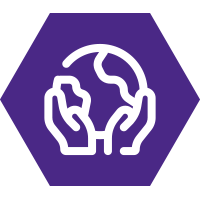
The choices and actions
we can take to prevent, reduce, or change harmful activities to the environment
Central to this learning is the exploration of attitudes, values, and behaviours with respect to the environment – both our own and those of others.
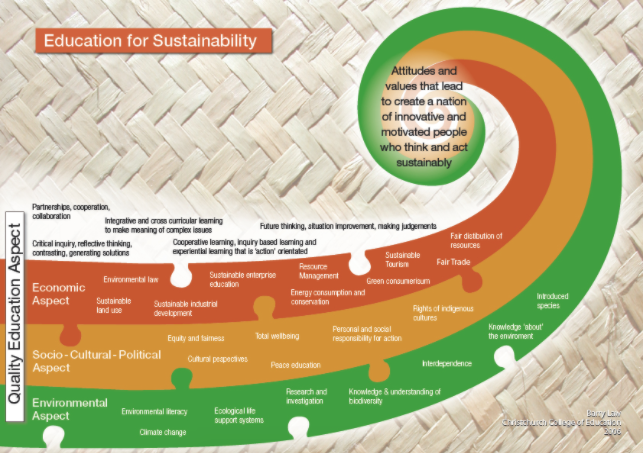
Sustainable Development Goals
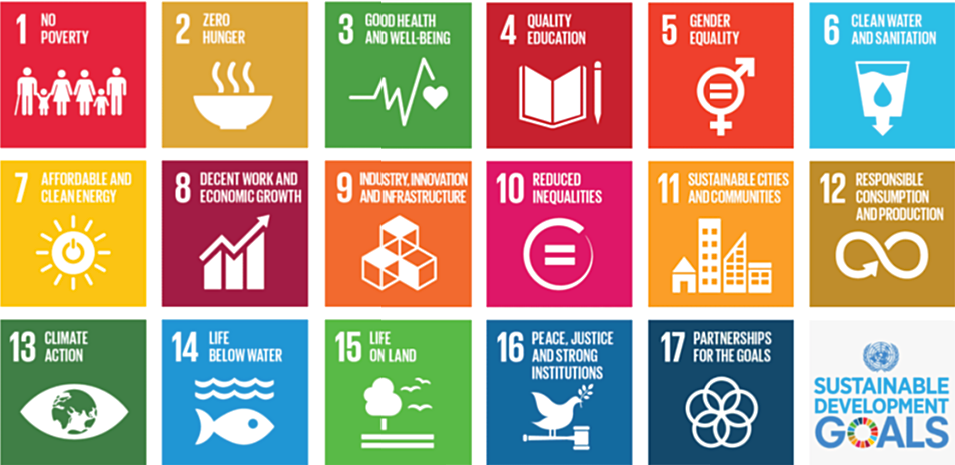

Free Resources
Honey Feijoa Cake
This recipes makes a 22cm cake.
Honey Oat Muesli Bars
Here’s a super easy and quick recipe that should appeal to most.
Lemon Honey Tartlets
This sweet tart is filled with a creamy centre of lemon and honey.
Honey ANZAC Biscuits
The recipe for the Anzac Biscuit came from biscuits baked by wives and mothers at home for the Australian and New Zealand Army Corps (ANZAC) that fought with the Allies in the First World War.
Interested in signing up your school to the Bee Awesome programme?
Fill out the quick contact form and one of our Bee Awesome team will be in touch!



